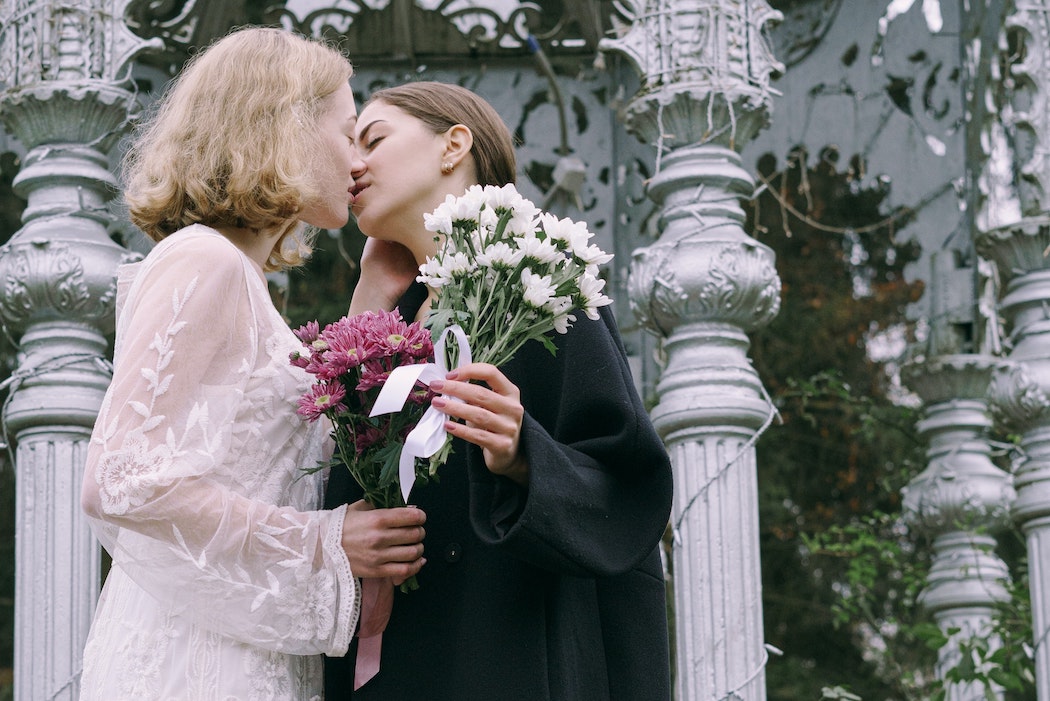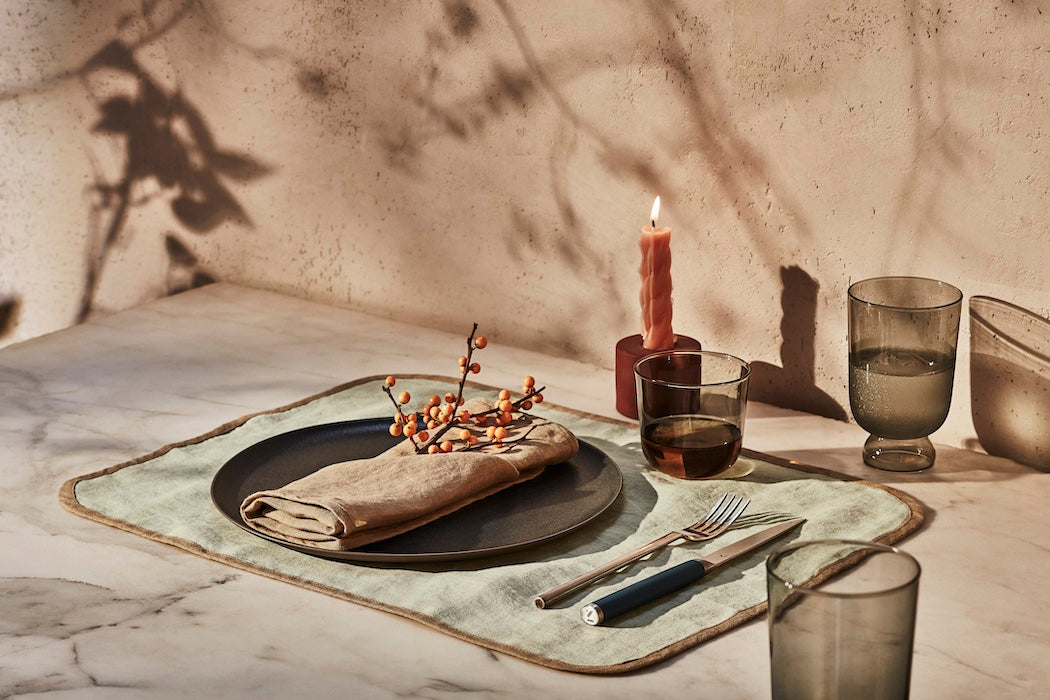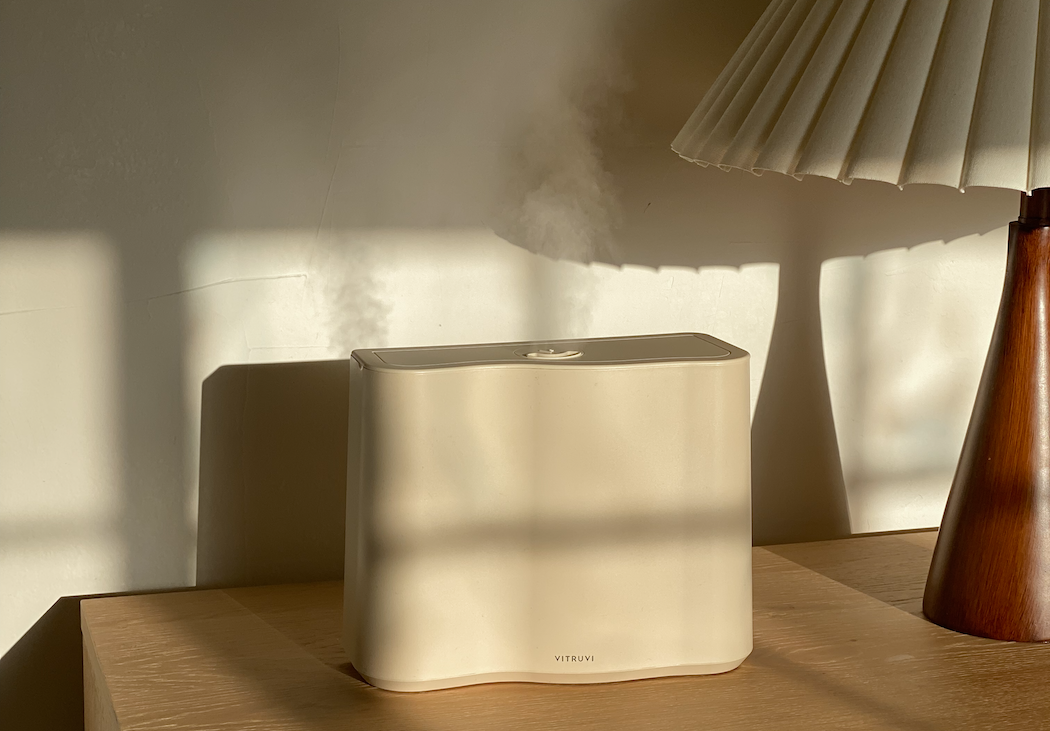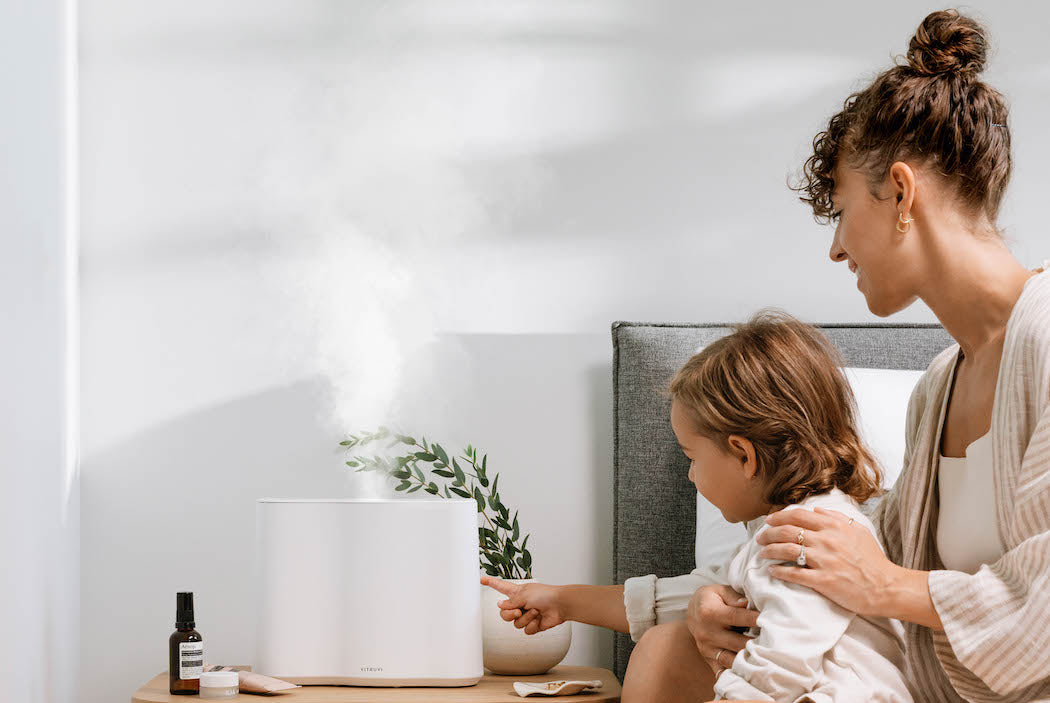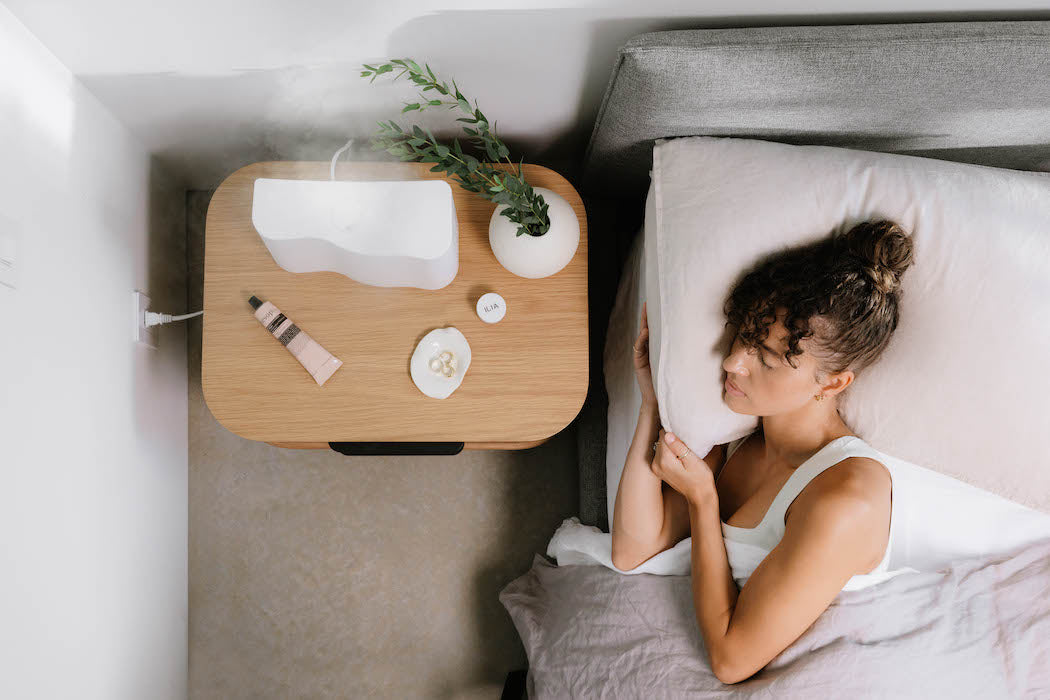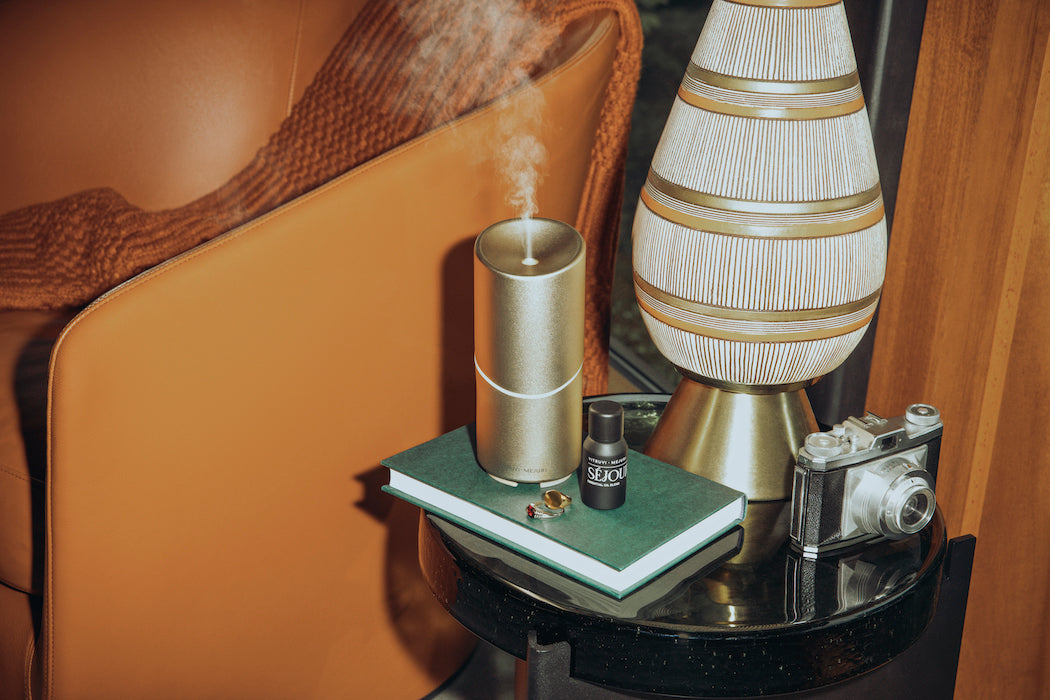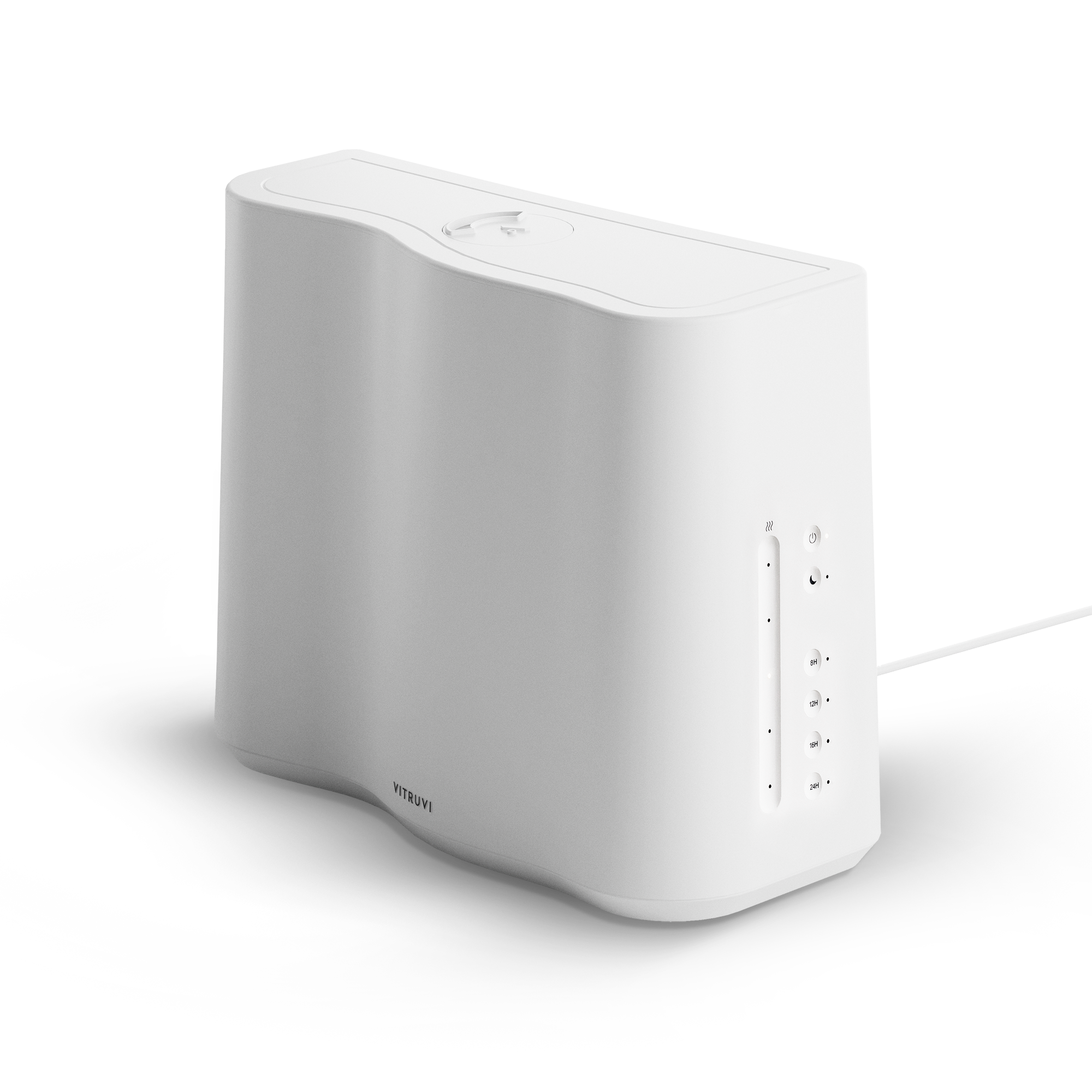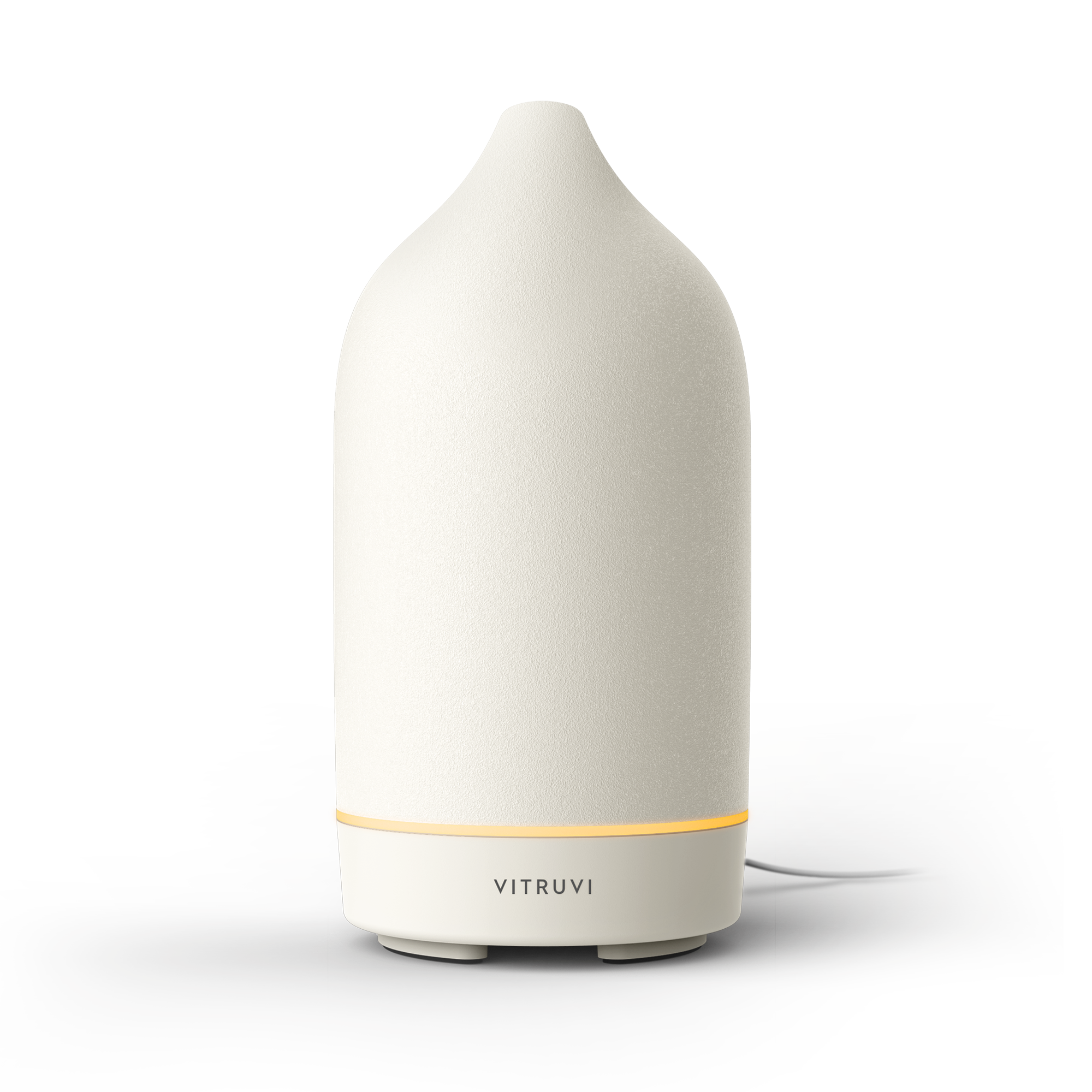Do you ever look at an item you own—say, a salt shaker shaped like a tomato, or a pair of Sketchers—and think, “Good god, this is ugly. Why did I buy this? Did I think this would improve my life? Or bring me closer to my true authentic self?”
I am always looking for my true authentic self in the things that I buy. If I see an object that mirrors a part of me or my experience, if I sense potential kinship with it, I want it in my home. So when I discover that a purchase I’ve made is uncool or tacky, it upsets me quite a lot—because then I wonder if my true authentic self is uncool or tacky, too.
If I am drawn to gaudiness, I must have gaudiness at my core.
~
In my early twenties, I moved to Vancouver for graduate school and took the requisite trip to Ikea with my dad. For youths in urban environments with moderate means and a secular lifestyle, a big trip to Ikea may be the closest thing there is to a coming-of-age ceremony. In a matter of 90 minutes, you can equip yourself for adulthood. You can furnish your way into a new you.
As we entered the parkade, I understood I was about to become a woman. Not a pretend woman like in undergrad, but an actual one. This shift of self made me uneasy, like I was about to lop off all my limbs and jump into a river with nothing but a spatula for a paddle and a shelving unit for a raft.
My father knew what to do and how to be, though. Amongst all the things called MALM, he became the supportive dad with the magic credit card. Regressing comfortably, I became the wide-eyed child with the wish list.
“How about these glasses with lemons on them?”
“Nice! Let’s get them.”
When I picked out a lamp with a ribbed steel stand and a floral-embroidered shade shaped like a fez hat, he celebrated my choice like I’d just shown him a macaroni self-portrait destined for the fridge. We were enacting a previous version of our relationship, and it felt beautiful but tragic. Was this the last time I could pretend to be a child? How abnormal was it to want to be 10 again?
~
Several years later, I moved to a new apartment with my partner. As we set up the lamp, he made a quick observation: “This lamp is kind of ugly. I don’t like it.”
I was rocked.
I gave the lamp a hard look, imploring myself to see through the eyes of a Woman of Taste instead of a girl seeking nurturance from her stuff. And there it was, the aesthetic truth: the lamp was hideous. I felt panic rise, as if I’d just woken from a coma and didn’t know where I’d been for the past two years. How could I not have noticed this before?
Things got worse when my friends came over for a party. “Yeah, that lamp kind of sucks,” said someone. “The stand looks like anal beads,” said someone else.
Maybe I should have replied, “Well, actually, that lamp is a symbol of my father, and also of me, although maybe it stands for our relationship as a whole, like the lamp is us, but a specific version of us, the most pure version, the child-nurturer iteration, which I experienced for one final moment in Ikea via this lamp you you say ‘sucks.’”
I didn’t say any of that, though, because sentimentality isn’t cool. And they were right about the lamp being ugly.
~
As a child, I had a lot of nagging thoughts about ephemerality. I would be eating a piece of birthday cake or watching my hamster roll around the kitchen in its ball, and in the background of my joy would be a hovering thought: but this won’t last. Or: but tomorrow is Monday. Or: but the hamster is sad. Or: but you will die one day.
One way I learned to cope with the temporary and incomplete nature of positive experiences was through emotional transfer: I deposited fond memories into objects for preservation. It wasn’t a conscious process, but I know it happened, because my life is now full of things that aren’t just things. They are people and places and reflections of myself. They are, sometimes, friends.
Social psychological research shows that individuals who anthropomorphize inanimate objects are often chronically lonely. With unmet esteem and belonging needs, they seek community and reassurance from material possessions. Sometimes they hoard these possessions, but not always.
I do not have hoarding disorder (parting with items is difficult though not impossible for me), but I have always been an anthropomorphizer. The spaceships and robots I made with Lego as a kid would stay intact for years, because to take them apart felt like killing them. No place made me more miserable than the dump: all those piles of abandoned chairs and tires and fridges. They seemed to be in hell; they were outcasts, suffering silently. My heart broke for them.
Growing up, I wasn’t lonely in a visible sense—but due to my Good Girl Complex, I found it very hard to be honest or “real” with people, which meant there were big chunks of myself that stayed hidden and unsocialized. It was a problem that reinforced itself, because the more wholesome I appeared, the less people trusted me. I didn’t hear when friends got their periods or lost their virginities or smoked their first joints. Did they think I’d judge them? I wanted a friend like Tibby from The Sisterhood of the Traveling Pants—someone with a nose piercing and a no-bullshit attitude—to grab me by the shoulders and shakeshakeshake until every insecurity or weird habit I’d disguised came rattling to the surface. This way I’d be unburdened, or at least appear like less of a “square.” Instead I was labeled a robot, a Disney princess, The Brain, an angel, an anorexic alien—all these things that aren’t quite human.
So maybe it’s fitting that I bonded with objects that weren’t alive: clothes, toys, my rock collection. In the eighth grade I left my favorite stuffed dog at a hotel, and when I opened my duffel bag to discover him missing, I had a meltdown so intense you’d think I’d found a cut-up body in there. That night, I lay in bed thinking about the great void that would always be in my life if he was never returned to me. In math class the next day, one of the basketball jocks asked me why I was acting “so mopey” and I told him he “wouldn’t understand.” He probably figured it was about periods. I let him think that. You can be sad about a lot of things in high school, but a stuffy left at the Sandman Hotel (eventually reunited with me via courier) is not one of them.
~
Now, at 29, the lamp-as-paternal-figure feels similarly inappropriate. Periodically I’ll stand beside it with my hands on my hips and, in a show of personal progress, declare that it’s “got to go.” Then I’ll scroll Craiglist for two hours and decide no ideal replacement exists. Maybe later.
I told my dad about this essay the other day. It happened accidentally, when I mentioned I was working on “a story” and he responded with a reasonable follow-up question: “What’s it about?”
I decided to be honest. “So remember when we went to Ikea when I first moved here and we bought that lamp?”
“Yeah. The stand looks like beads.”
I burst out laughing. “Beads! It’s true. Well, so anyway, the essay, I guess it’s about sentimental objects, how things are not just things—and I’m using this lamp as an example, you know, because I associate it with some fond memories, but now I think it’s kind of, um, ugly, and this makes me feel complicated.”
He laughed. “You’re right about that.”
“What?”
“It’s an ugly lamp.”



